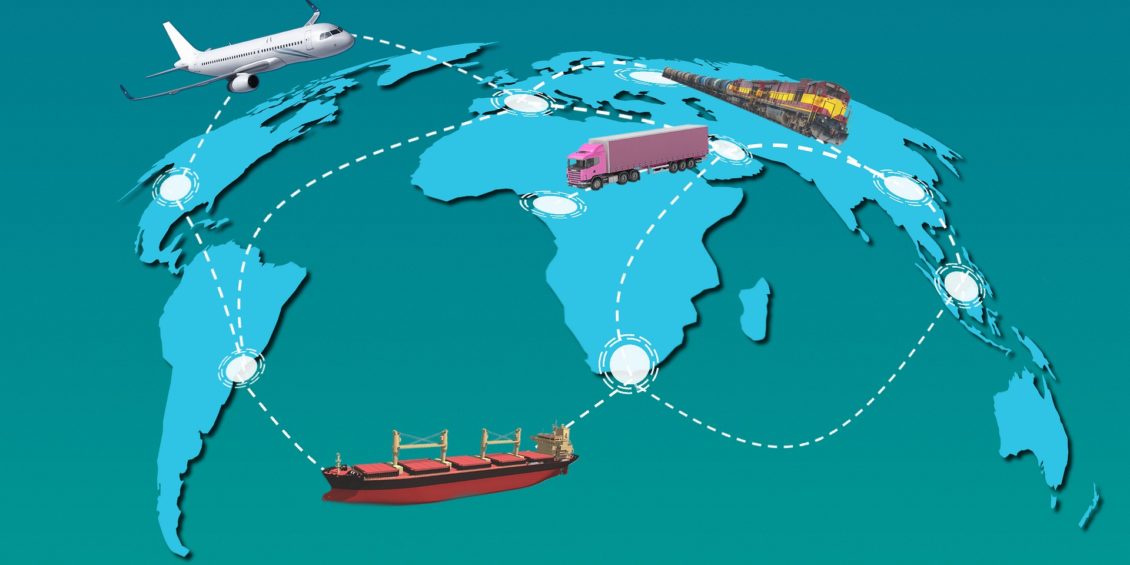
Supply chain issues that struck the globe during the pandemic haven’t gone anywhere just yet.
Since 2020, the world has been experiencing a supply chain crisis like none before. Everything from everyday grocery items to expensive electronics have become so expensive that people are struggling to afford them. In some cases, goods have disappeared from shelves altogether.
Commerce has gone topsy-turvy in the last two years. This led to astronomical inflation and other problems, including a marked spike in global chargebacks.
Since customers are waiting such a long time for their orders to be fulfilled, they’ll run the risk of initiating a chargeback before the item can even be delivered. What’s worse, they’ll bypass the merchant entirely to do so. A merchant could be on the hook for things that the customer will likely never return.
Chargebacks don’t just “go away.” What’s worse, they can cost sellers upwards of three times the original transaction volume.
How Did the Supply Chain Crisis Start?
Saying that the supply chain struggle started with Covid-19 isn’t exactly a deep insight. Major manufacturing centers like China, South Korea, Taiwan, and Vietnam were among the first places struck by the pandemic. Entire regions were shut down or quarantined, causing factories and fulfillment centers to shut their doors indefinitely.
Due to these closures, many of the world’s shipping operations were forced to slow down for lack of demand. This created staffing and personnel issues worsened by inconsistent and unpredictable demand.
Manufacturing was not the only industry struck hard by COVID-19. Enterprises worldwide experienced a drastic decrease in demand, including the restaurant, travel, and retail sectors that catered to in-person clientele. On the other hand, many sectors saw increased demand, like home and office construction, gaming and electronics companies, and online retail. Demand shifted from external interests to home-centric products and services that catered to people stuck at home.
Quick changes in demand caused a bottleneck in international shipping that has yet to be fully resolved. Even the shipping containers themselves are in short supply, which leads to further storage and shipping issues, skyrocketing prices, and ports being overwhelmed with cargo.
These ports, by the way, also suffered staffing issues due to the pandemic. They could not manage the shift in shipping patterns effectively. Hence, they are still sorting through the wreckage to this day, without any solid resolution in sight.
Chargebacks are the Icing on the Cake
As of this writing, nearly 82% of Americans have had at least one dose of Covid vaccine. Businesses are back open. However, we’re still dealing with the longer-term results of those unresolved supply chain issues I mentioned above.
Even though people are returning to work, companies still aren’t fully staffed yet, only exacerbating the situation. With demand outpacing supply, more and more frustrated customers may turn to chargebacks, rather than accept lengthy, unpredictable delays.
‘Goods not received’ chargebacks are meant to be used if a consumer can’t get a refund for goods that weren’t delivered. Still, too many consumers consider filing a chargeback with their bank to be the ‘most convenient’ solution.
A spike in chargebacks during a supply chain crisis is the last thing merchants need. Chargebacks cost much more than refunds, including the fees and penalties tacked on by banks. Plus, if a merchant plans to fight back through representment, they can look forward to spending even more to try and recover their money.
The supply chain crisis is still in effect, and the threat of chargeback is still looming in the background. Now is a great time to get proactive.
How Businesses Can Prevent Chargebacks
While I recommend always fighting back against chargebacks whenever possible, this isn’t the only strategy one should consider. Adding some best practices to a business’s operations can eliminate more chargebacks than most will realize.
Some steps merchants can take to prevent chargebacks in-house include:
- Improving the shipping and handling process: Offer easy-to-use tracking for all deliveries and ensure that packaging is stable and sound.
- Make returns simple: Remember, a chargeback will cost you a lot more than a refund. Making the return process more attractive from the outset is a wise move.
- Communicate ALL delays: From fulfillment to shipping— the less uncertainty customers have to face…the better.
- Focus on customer service: These supply chain issues aren’t going away yet. The more pleasant and approachable a merchant seems, the less likely it is that a customer will opt for a chargeback.
Finally, I also recommend engaging in deeper data analysis. Investigating chargebacks to identify friendly fraud provides vital feedback over time. This can provide insights for improvements and help eliminate repeat issues.
